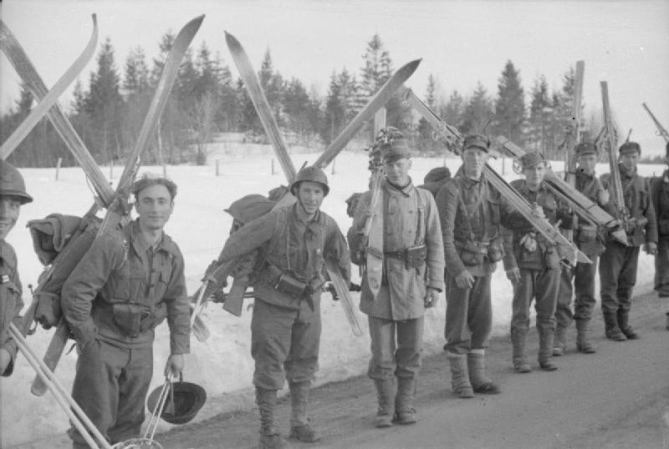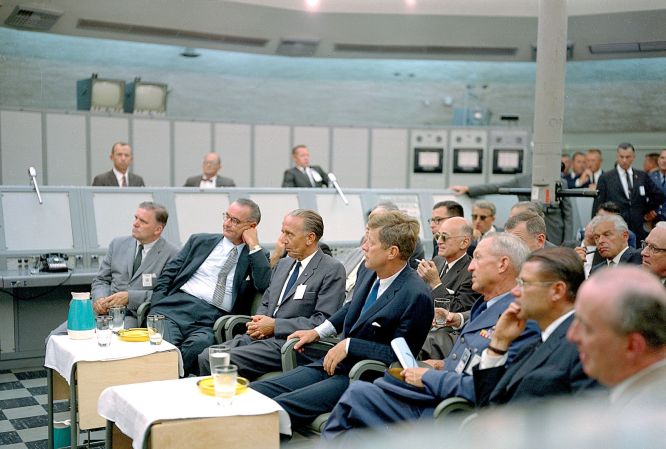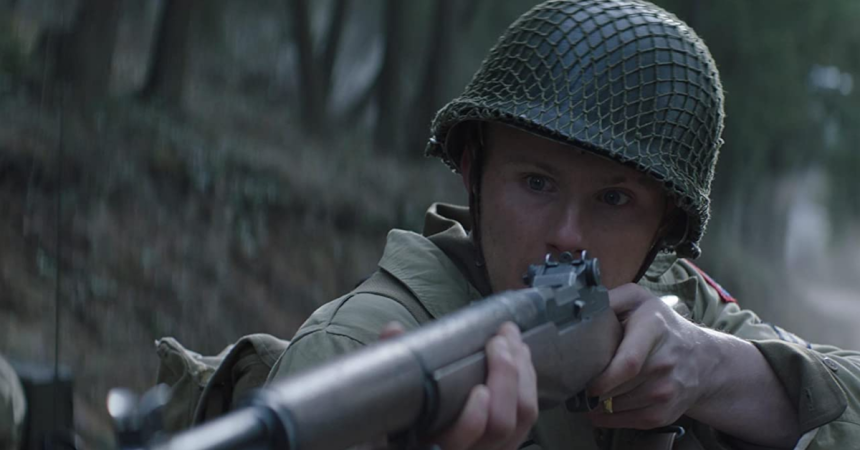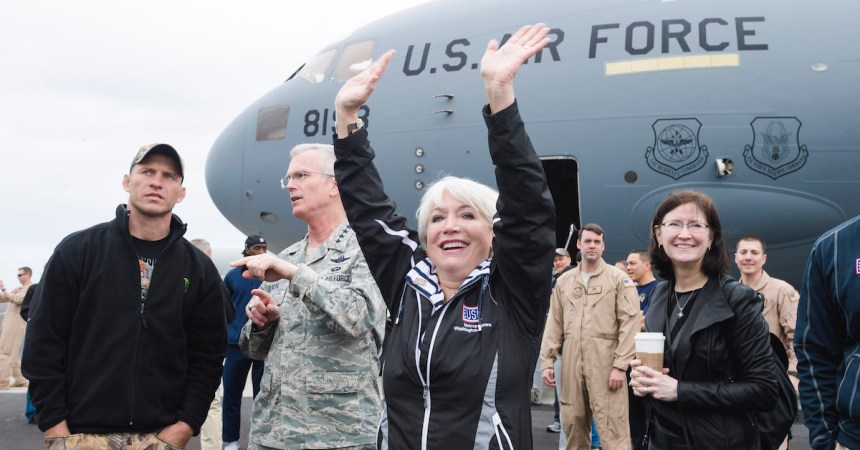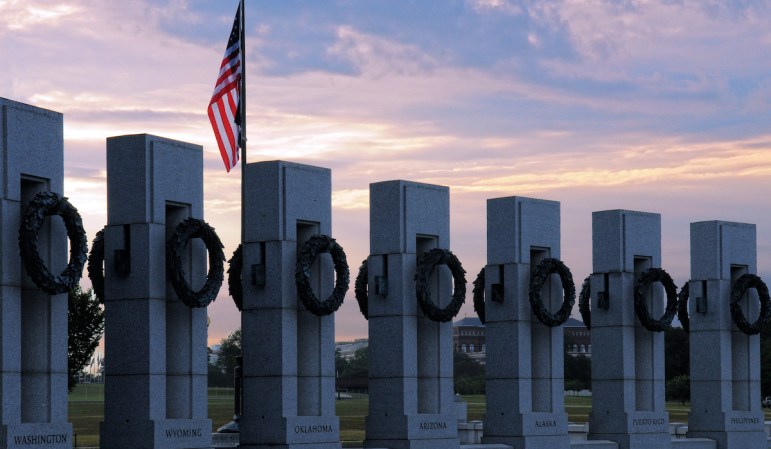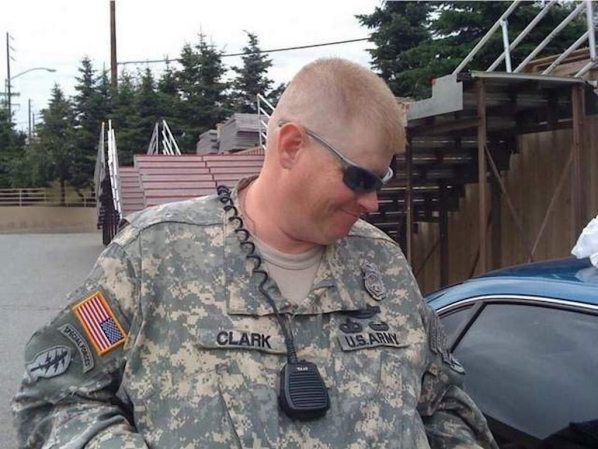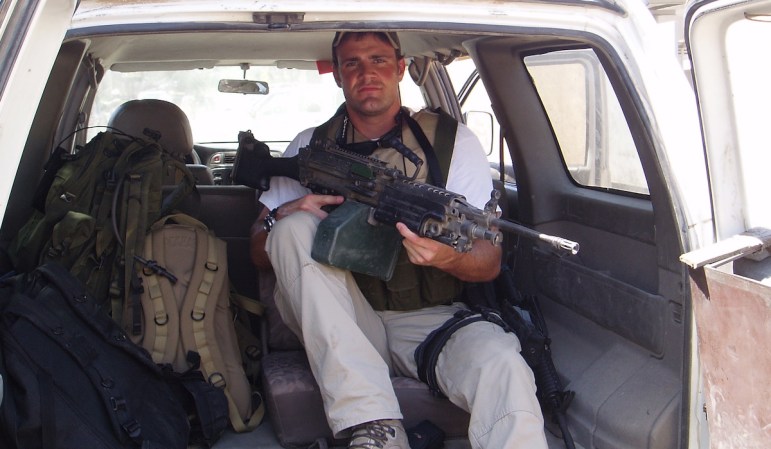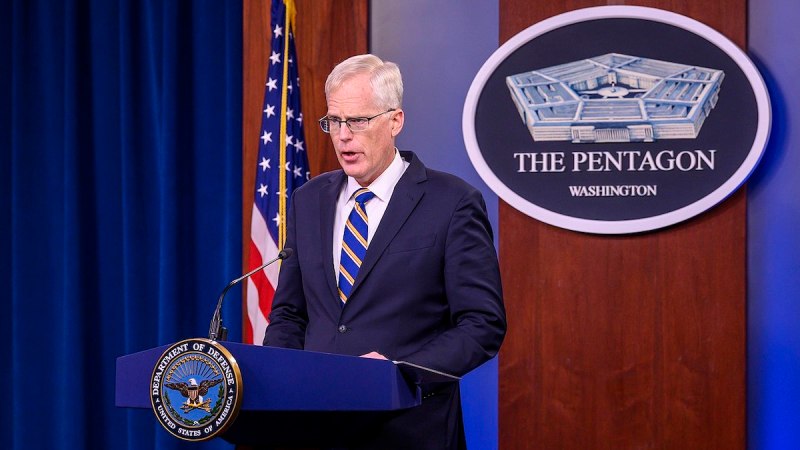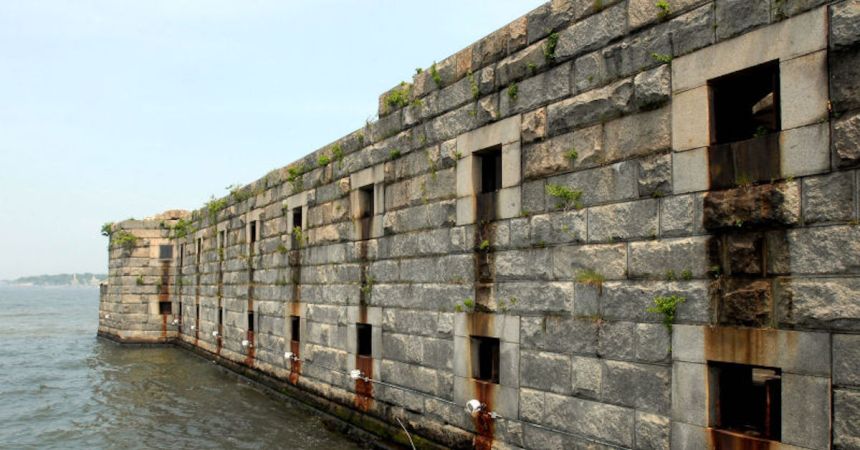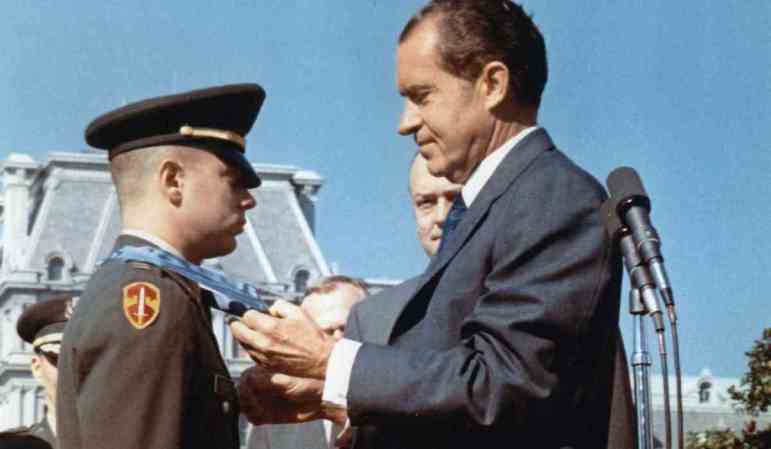In the hours after Paris was liberated from the Nazis in 1944, three Allied vehicles — two French tanks and an American Jeep — slipped into the city on a dangerous, top secret mission carrying an intelligence agent and a handful of nuclear scientists.
The operatives were members of a special detachment of the Manhattan Project called the “Alsos Mission.” They were hand-picked to scour the recently-liberated countryside for intel on a German nuclear superweapon.
In 1938, German physicists Otto Han and Fritz Strassman were the first to split the atom, putting the Nazi Reich far ahead of the Allies in developing nuclear weapons. And with the development of the V-1 and V-2 rockets, the threat of a long-range destructive superweapon was very real.
The U.S. needed to know just how far along the Nazis were and they needed specific skills – in this case, nuclear scientists – to understand and determine their progress.
In the upcoming Star Wars film “Rogue One: A Star Wars Story,” the Rebel Alliance recruits Jyn Erso to work with a team led by Rebel intelligence officer Cassian Andor to steal the schematics of the Imperial superweapon, the Death Star. Erso’s unique skills and connections as a criminal are what make her the right choice.

And her covert op looks a lot like the clandestine work of the Alsos Mission, says a noted intelligence historian.
“Essentially, these are spy movies at heart,” says International Spy Museum curator Dr. Vince Houghton, in an exclusive interview with WATM. A U.S. Army Armor veteran and historian, Houghton admits he’s also a huge Star Wars fan.
“The backbone of all the movies are spy issues, whether it’s stealing the plans for the original Death Star, or stealing the plans for the second Death Star which turns out to be a big Imperial deception operation,” he says.
Teaming up a unique skill set with a commando group is exactly what the Alsos Mission did in WWII. It was formed in 1943 to gain intel on Axis technological progress. American para-intelligence soldiers and scientists moved with the Allied lines — and sometimes even behind enemy lines — to capture enemy atomic weapons scientists and records, Houghton says.

“That’s actually probably the most direct lineage for Rogue One,” he added. “You’re looking at a superweapon – in the case of the Alsos mission, a German atomic bomb would be a superweapon.”
The Alsos Mission was a little-known part of the Manhattan Project that coordinated foreign intelligence. Their mission was to gather information about the development of atomic weapons abroad while preventing foreign powers from making progress. They did it on the bleeding edge of the Allied advance.
“They’re trying to find secret information and doing it right under everyone’s noses,” Houghton says.

The mission’s first action came in Italy after the Italians surrendered to the Allies. A unit of American, British, French, and Italian researchers were to enter Rome right behind the Allied lines. They captured prominent Italian scientists and secured university laboratories, Army history documents show.
A month after the Normandy landings in June 1944, the Alsos Mission was in France and had to fight its way across the country and into Belgium and the Netherlands in the search for French and German scientists and their labs.
Of special interest to the team was 150 tons of missing Uranium ore – which were never found.
The nuclear labs in France were finally discovered on the hospital grounds in Strasbourg, along with intelligence indicating other nuclear sites inside Germany. The Army’s extensive review of the Manhattan Project shows the team discovered that Nazi scientists were unable to enrich Uranium and thus did not have a nuclear weapon.

Once inside Germany, Alsos operatives captured prominent scientists and their research, and destroyed processing plants, removed experimental technology and nuclear material, and – most importantly – kept all of it out of the hands of the Soviet Union.
“It’s because no one was really paying attention to them,” says Houghton. “Everyone was paying attention to the conventional forces, so they were able to move around Europe and capture up all these scientists and all this nuclear information. They’re able to eventually determine that there was no German bomb, but they were very worried at first. The rumor persisted well into the later days of the war.”
“Rogue One: A Star Wars Story” is in theaters Dec. 16th. You can catch more of Dr. Vince Houghton on the International Spy Museum’s weekly podcast, Spycast, on iTunes and AudioBoom.



